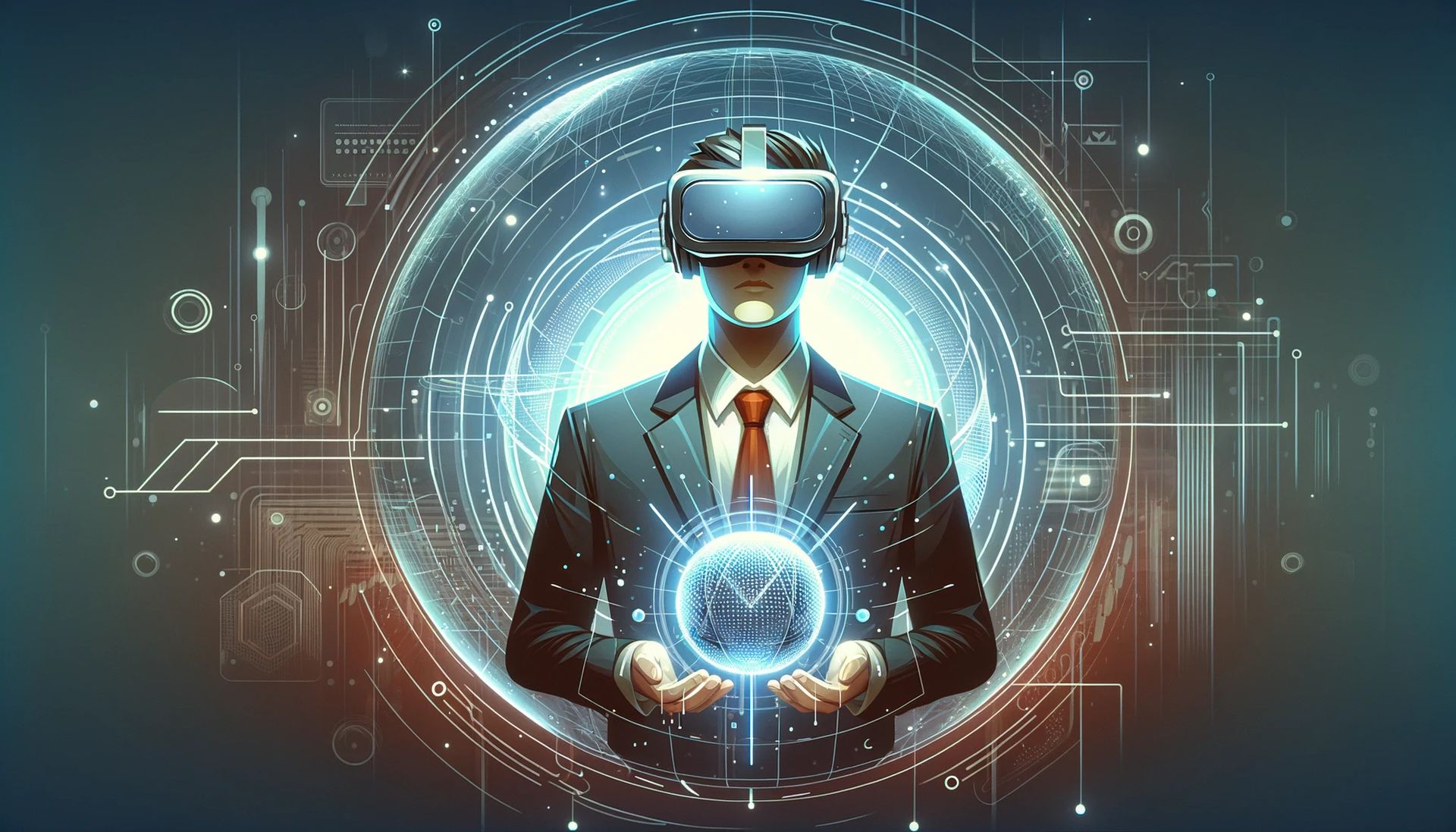Feb 20, 2024
Introduction
While the term "spatial computing" might not be familiar to everyone, its impact is felt worldwide in everyday activities like driving, using smartphones, or checking in at a cafe on social media. This revolutionary technology, which seamlessly merges digital information with physical spaces, is rapidly transforming various sectors. With an estimated market value of $102.1 billion in 2021 and projected growth to $544.6 billion by 2032, spatial computing is poised to revolutionize how we interact with technology. In this article, we'll explore the workings of spatial computing, its applications across different industries, and the advantages it offers.
Understanding Spatial Computing:
Spatial computing represents the convergence of computers and the physical world, enhancing human interaction with technology in natural environments. It builds upon previous iterations of the internet (Web 1.0 and 2.0) by seamlessly integrating technology into our daily lives. Unlike traditional computing, which relies on static interfaces, spatial computing blends digital elements with real-world surroundings, boosting efficiency and productivity.
How Spatial Computing Functions:
Spatial computing replicates human actions and thought processes in physical spaces, akin to how artificial intelligence mimics human behavior. It employs various technologies like photogrammetry, radar, lidar, and AI algorithms to observe, analyze, and take action within the 3-dimensional world. For instance, in self-driving cars, spatial computing enables the vehicle to detect obstacles, analyze surroundings, and make informed decisions to ensure safe navigation.
Applications of Spatial Computing:
Retail: Spatial computing enhances customer engagement both online and offline by tracking movements, providing personalized recommendations, and enabling virtual try-ons of products.
Healthcare: From surgical planning to patient education, spatial computing aids medical professionals in visualizing diagnostic images accurately and conducting procedures with precision.
Industrial: Spatial computing optimizes manufacturing processes, improves safety, and facilitates human-machine interactions, leading to increased productivity and efficiency.
Navigation: GPS-based navigation systems utilize spatial computing to deliver real-time directions and traffic updates, making travel safer and more convenient.
Advantages of Spatial Computing:
Enhanced Safety: Spatial computing enhances safety in various domains, including transportation and healthcare, by providing real-time insights and predictive analytics.
Immersive Learning: In education, spatial computing enriches learning experiences through immersive simulations, accelerating knowledge acquisition and retention.
Personalized Experiences: Retailers leverage spatial computing to offer personalized recommendations and virtual experiences, enhancing customer satisfaction and loyalty.
Cost Savings: By detecting errors early in the design process and optimizing workflows, spatial computing reduces project costs in construction and manufacturing.
Trends in Spatial Computing:
Augmented Reality (AR) and Virtual Reality (VR) are gaining traction beyond gaming, with applications in education, tourism, and design.
3D imaging technologies are advancing urban planning efforts, supporting the development of sustainable and efficient urban environments.
Conclusion
Spatial computing represents a paradigm shift in how we interact with technology, seamlessly integrating digital elements into our physical surroundings. As businesses and industries embrace this transformative technology, they stand to gain significant advantages in efficiency, productivity, and innovation. By harnessing the power of spatial computing, organizations can unlock new opportunities and stay ahead in an increasingly digitized world.





